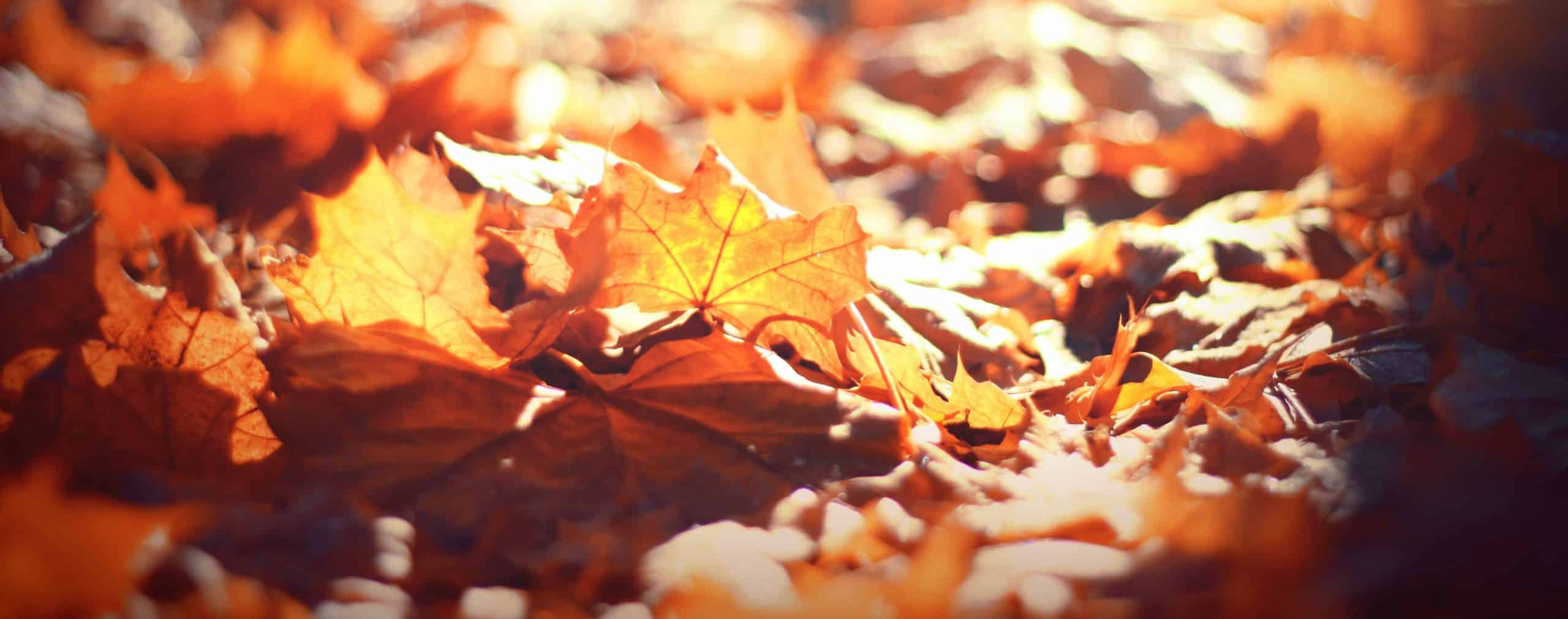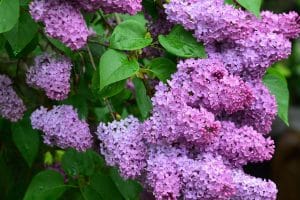Welcoming the Fall Season
Fall is one of the most enjoyable times of the year, bringing cool crisp air and beautiful autumn colors around every corner. With the warm weather coming to an end, it’s important to prepare your landscape for the cooler temperatures ahead, and grasp onto the breathtaking colors that Fall has to offer. As we make our way into the new season, it’s time to prepare and enhance your scenery to become your perfect Autumn dreamscape.
- Fall Planting
This season is the time to plant your favorite Autumn colors, and the perfect time to start planting for beautiful flowers in the spring! As the air temperature drops, soil will still contain warmth from the summer months, which creates the perfect environment for root development. With warm soil and cool air, your plants won’t be damaged or stressed by the intense heat that summer brings. In addition, rainfall will help roots as they continue to grow and store energy for the next growing season. Sounds perfect right? - Spring Bulbs
When thinking about the cooler temperatures, spring flowers might not seem to be the topic of conversation, but spring bulbs can be planted in the fall for a beautiful landscape in spring! By the time spring arrives your bulbs will be ready to bloom, creating beautiful colors and a breathtaking spring landscape. Plant spring-blooming bulbs such as tulips, daffodils, hyacinths, alliums, crocuses and so much more! Wait to plant until the night-time temperatures drop to 50 degrees or below. To give the bulbs enough time to root and get established. Try to plant them at least six weeks before a hard, ground-freezing frost. Considering the temperatures of the southern climate, it is best to plant your bulbs in the month of November. Plant them in clusters such as four or five bulbs together to promote a denser looking growth. - Overseeding Fescue
Preparing your lawn for the cooler weather can be easily achieved by overseeding! Overseeding provides benefits such as enhanced appearance and color in your lawn, and increases resistance against disease, insects, and weeds in your grass. Fine fescue contains narrow leaf blades, and grows best during air temperatures between 60 and 75 degrees. It does well in the shade and during drought, but not warm temperatures. This makes it perfect for cooler weather! When overseeding, it’s important to prep your lawn. Mow your existing lawn to a short length. A short cut helps sunlight reach new seedlings and allowing them to grow. Pulling out any existing weeds in your landscape will also help with growth. When using fescue seed it’s important to get the right one for your landscape, so make sure to use a high-quality seed that is fit for your climate. Start planting your seeds when the temperatures drop. You can plant the seeds using a rotary or a drop-type grass seeder. Make sure to water your lawn frequently for the new seed growth. Once the seedlings become fully established, start watering more infrequently, but heavier. When your brand-new grass comes in, remember to mow and water occasionally. - Cool-Season Colors
The Autumn season brings us breathtaking colors that surround the earth as the temperatures cool, but it is also the time when we say goodbye to our gorgeous summer-time flowers and plants. Our landscapes are left with needing a pop of color, but don’t worry, there are plenty of cool-season plants that thrive best during the chilly months.
As the leaves turn brown, so will your lawn! Grasses such as tall fescue, Kentucky bluegrass, and ryegrass stay green all year long, and even through winter. Cool-season grasses germinate and establish quickly, and over time have adapted to grow well in areas of the country that experience tremendous temperature fluctuations, such as cold, freezing winters and hot, dry summers. Cool-season flowering annuals put on their best show during the fall season, and can be seen remaining vibrant through November and sometimes longer. These plants don’t mind a frosty evening, and many can take temperatures as low as 25 degrees. The best time to plant these fall flowers will be once daytime temperatures fall below 80 degrees. Plant flowers such as Violas, Alyssums, Pansy’s, Celosias, Chrysanthemums, Asters, and more. Leaving your landscape to be colorful and enjoyable all season. - Fall Landscaping Tips
Fall is the last season before winter hits, which makes it the ideal time to prepare your yard for what is to come. One great way to give your plants and yard a helping hand is by mulching in the fall. This is the perfect time to do so because mulch helps to protect plant roots from frost damage. It also assists them in retaining moisture during the cold and dry winter months. Another helpful tip is to maintain proper watering techniques in the fall and winter months. Your lawn will not need nearly as much water in the autumn months as it does during spring and summer. Too much water can do more harm than good, so it is important to keep a moderate water routine by watering twice a week in the early hours of morning.

Autumn preparations for your landscape are important. A good, consistent lawn and plant care routine during the autumn months will ensure that your lawn, plants, shrubs, and trees stay healthy and happy throughout the chilly seasons. Not only will they stay healthy, but they will bloom to be even healthier than ever when spring finally does return. For help with maintaining and enhancing your landscape all year long, contact Oasis Landscapes & Irrigation. Call us at (770) 913-9033








